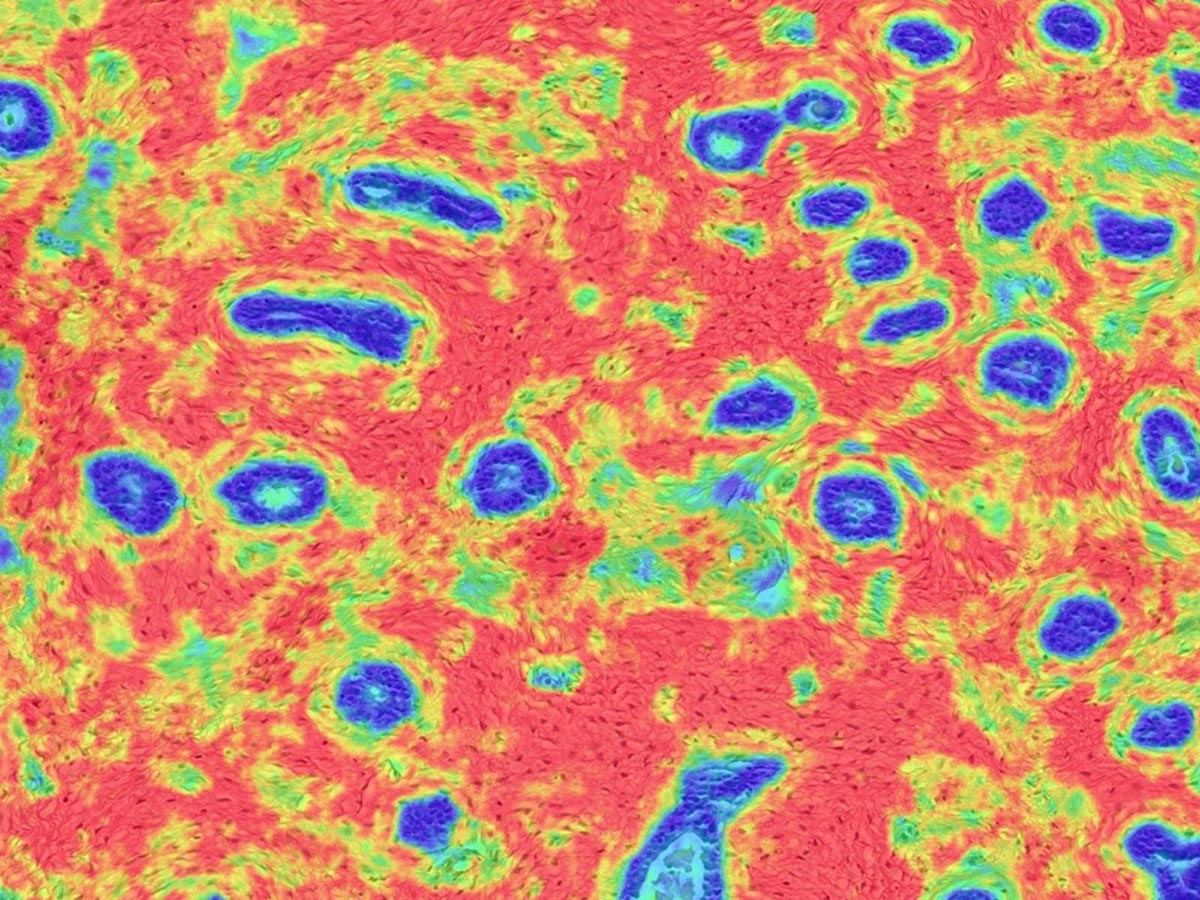Zinc oxide nanostructures as a control strategy of bacterial speck of tomato caused by Pseudomonas syringae in Egypt.
Autor: Elsharkawy, Mohsen; Derbalah, Aly; Hamza, Amany; El-Shaer, Abdelhamid
Publication year: 2020
Environmental science and pollution research international
issn:1614-7499 0944-1344
doi: 10.1007/s11356-018-3806-0
Abstract:
This study was conducted to evaluate the ability of zinc oxide nanoparticles (ZONPs) with unique properties to protect tomato against the bacterial speck pathogen, caused by Pseudomonas syringae pv. tomato DC3000 (Pst). Protection of tomato against bacterial speck using ZONPS was evaluated by its direct antibacterial activity and its ability for inducing resistance in tomato plants. The results revealed that ZONPs showed significant direct antibacterial activity against Pseudomonas syringae pv. tomato under laboratory conditions. Moreover, tomato plants treated with ZONPs showed a significant reduction in disease severity and bacterial proliferation relative to non-treated plants. Furthermore, tomato plants treated with ZONPs showed higher self-defense enzyme activity relative to untreated plants. The regulatory and defense genes, LePR-1a and Lipoxygenase (LOX), involved in the salicylic acid (SA) and (JA) signaling pathways, respectively, were highly expressed in tomato plants treated with ZONPs compared to untreated plants. Growth characters of tomato plants treated with ZONPs were significantly enhanced relative to untreated plants. The control of bacterial speck pathogen of tomato using ZONPs through its direct antibacterial and by developing of systemic resistance in treated tomatoes against the pathogen is considered the first report.
Language: eng
Rights:
Pmid: 30484042
Tags: Egypt; *Zinc Oxide; Nanoparticles; Plant Diseases; *Nanostructures; *Solanum lycopersicum; Bacterial speck; Control; Pseudomonas syringae; Systemic resistance induction; Tomato
Link: https://pubmed.ncbi.nlm.nih.gov/30484042/








